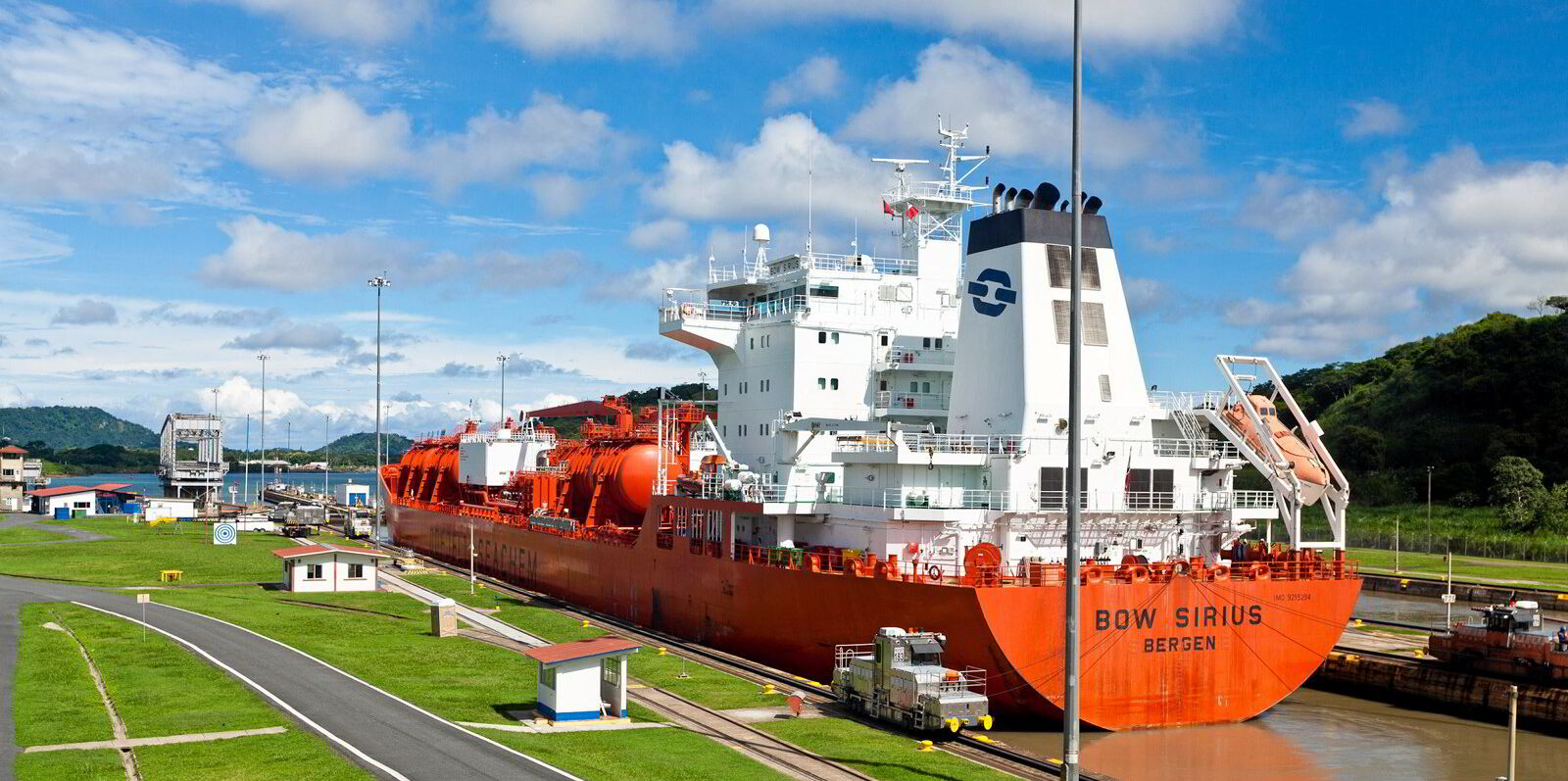Odfjell chief executive Harald Fotland has a chunk of stainless steel in his office in hopes of driving a point home.
Showing it to TradeWinds during an interview, the head of the Oslo-listed owner and operator said there is no reason chemical tankers should be put in the same category as product and crude tankers, which start winding down their useful lives once they hit their late teens.
“It is a bit annoying that stainless steel chemical tankers are put into the same basket as product tankers and crude carriers, because they cannot rust,” he said.
“They are not rust buckets. They are made of stainless steel.”
Odfjell — and rival Stolt-Nielsen — have said they want ships in their fleet to operate into their late 20s as chemical demand is set to strengthen and the chemical tanker orderbook remains tiny.
“We’ve had a dialogue with our customers for a very long time about their age requirements,” Fotland said.
“Now that the market is tightening, I feel that we have constructive dialogues with our customers when it comes to life extension projects and modifying the age requirements.”
The chemical tanker orderbook stands at just 7% of the fleet. Odfjell leads the way with 15 ships set for its fleet, largely on long-term charter.
Odfjell and Stolt-Nielsen have average fleet ages above 16, according to Clarksons, and have several ships built in the late 1990s.
But in a tightening market, Fotland said charterers are willing to consider older ships — especially as some of Odfjell’s fleet was built for four decades of trading.
“[Our] Poland class vessels ... they were built for a lifetime of 40 years,” he said, referring to a series of super segregators delivered in the late 1990s and early 2000s.
“And then at the age of 20, we start discussing with our customers whether these vessels are acceptable or not, which they clearly are.”




